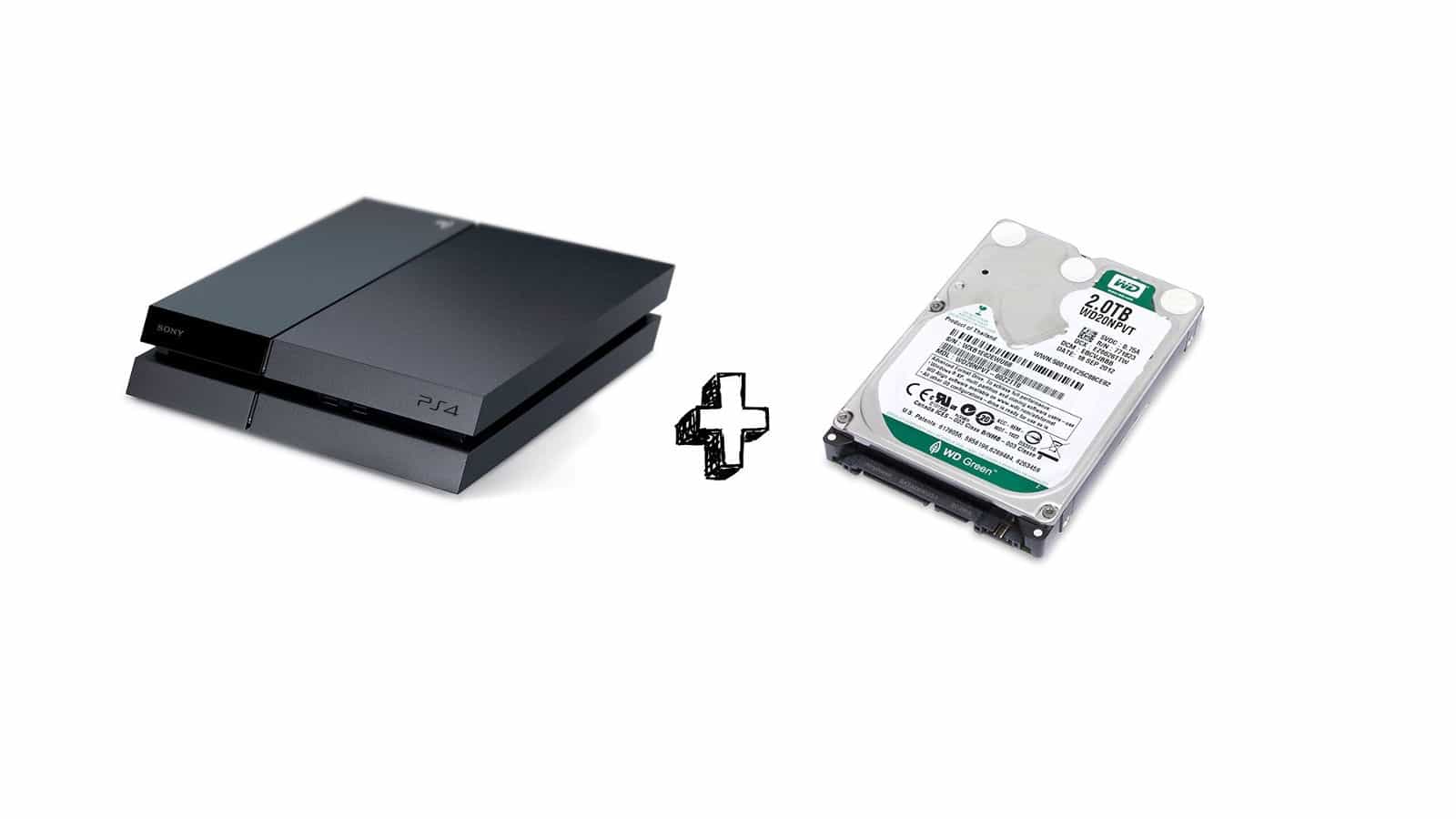The downfall of civilisation is likely one of the most hypothesized scenarios video gamers are accustomed to. From games like Fallout and Wasteland where radioactive and nuclear war laid the world to waste, through to DayZ, Left 4 Dead, and Days Gone where infected hordes roam the lands in search of fresh human flesh, we have seen it all. Even so, each of these games stands out in their own right by trying to do things differently and, for the most part, succeeding in feeling unique and creative. After all, zombies and the apocalypse are mighty cool tropes! When it comes to incredible games based on the end of the world, however, only one has really managed to continuously maintain my attention. With a brand-new and original take on the traditional zombie genre, and one of the most heart-wrenching narratives I have experienced, The Last of Us managed to enthral millions of players. It led gamers halfway across America and captured dozens of hearts as Joel and Ellie completed their journey. Seven years after that experience, The Last of Us Part II has arrived to recapture the wonder of its predecessor, and it succeeds beautifully in every respect.
There is a certain masterfulness accompanied by a game that manages to make you laugh aloud, cry, and become genuinely angry for all the right reasons. Trust, endearment, loss of life, and yes, even new life; are all topics and real-life events that take centre stage in The Last of Us Part II. These moments are accompanied by some truly engrossing writing, creative directing, and phenomenal acting. Each of which is made ever more impressive by the game’s technology, which captures all of the emotions and evocative moments with aplomb. However, impressive technology only excels when in the right hands. Thankfully, Naughty Dog have crafted The Last of Us II with excellence, and everything is tied together through truly outstanding narrative focal points. Each of which masterfully portray and encourage revenge, anger, and inquisitiveness; among other emotions.
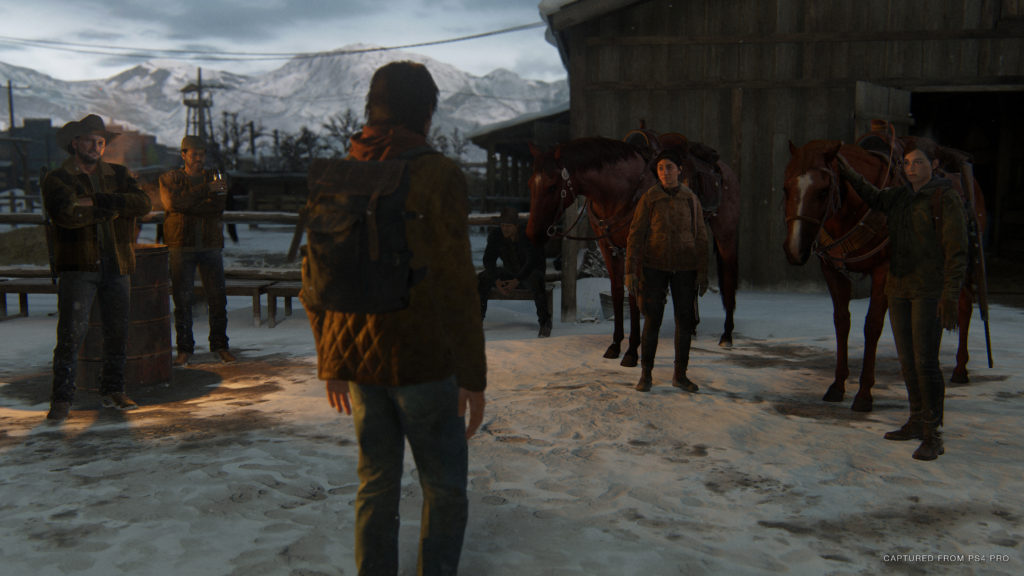
The Last of Us shone a spotlight directly on the nastiness of the human race. How people betray one another, and how so many out there are only in it for themselves – whether it means hurting others, stealing from one another, killing, or worse. The Last of Us Part II highlights a world where most of the initial unpleasantness has washed away. In its place are those who have endured beyond the first 20 years of the outbreak.
In the first game, players are thrust into the life of Joel Miller after his daughter’s death on Outbreak Day. He is an emotionally distant character in this game, meant to convey all of the worst traits a broken man can feature. Joel is not a bad man – he still has good moral values and attempts to remain as morally healthy as possible. However, it is evident he is tainted by darkness. He kills because that is just how things are. He cares little for human life, unless it is that of his friends and companions. He believes nature must take its course — especially if it means leaving someone to turn — because saving a bullet could mean the difference between life and death later. The beauty of the first game is that it documents in detail, how a single event can lead a man down a very dark path. How it broke him. It also documents how a massive year-long journey, with a very unlikely companion, manages to mend him, not completely, but just enough to open up and trust once more.
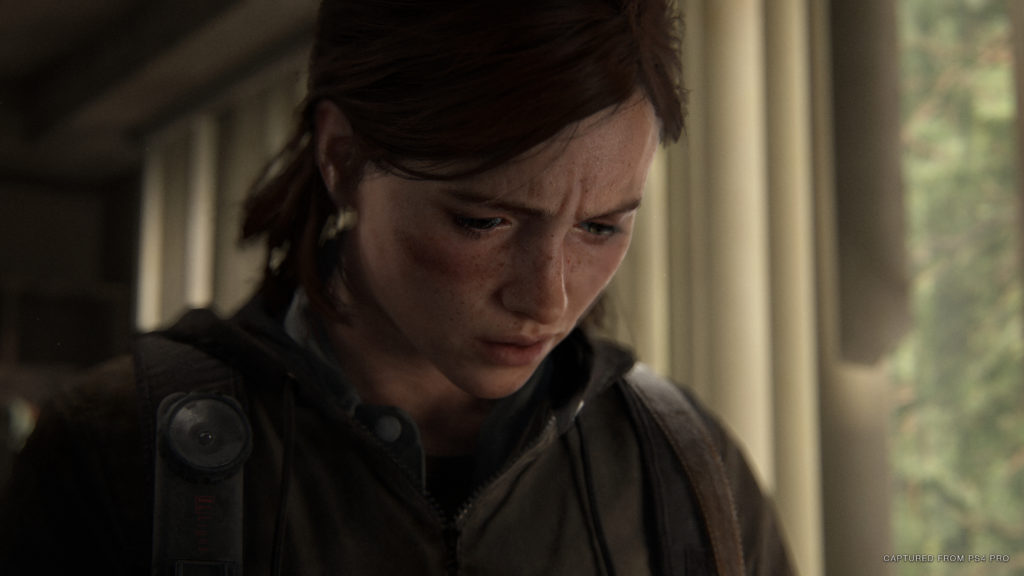
Where The Last of Us started as a massive bang and a frantic escape in the middle of the night, The Last of Us Part II starts in broad daylight. Ellie joins her companions as they do a routine patrol around the surrounding area of Jackson. She is, for all intents and purposes, a ranger who is dedicated to protecting the people of Jackson from the greater evils that loom outside its walls: namely the infected and other undesirable human threats. These are good times – better than those of the previous game, and it shows. Everyone, while struggling with everyday life, is generally happy and safe – for the most part.
Before I continue with this review, I must preface the rest of the content with a word of warning: as a part of our contractual obligation with Sony, we are not allowed to mention anything outside of what has already been revealed in trailers and marketing materials. As such, the review will be largely absent of many aspects we would usually mention. There are story elements, characters, locations, and even gameplay that we are simply not allowed to mention or allude to! With this in mind, and to make my thoughts on this review as evident as possible, I will leave you with a ‘too long; didn’t read’ (tl:dr): The game is brilliant, and is a must have title. It is the first game to ever be awarded a perfect score from Vamers. If you are still interested in my musings about what I am allowed to speak of, please read on!
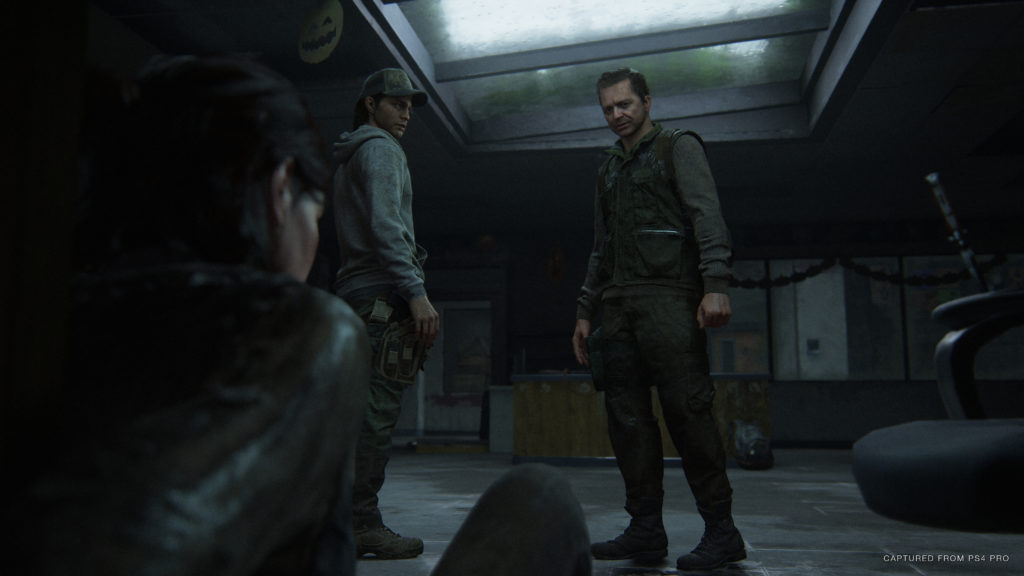
The Last of Us Part II takes place four years after Joel and Ellie returned from the Firefly lab in Utah. They live in Jackson now, along with Tommy, his wife Maria, and a massive town of survivors, children, and even pets. Life is good. Everyone is safe… for a while.
Where the previous game tried to keep you in the shoes of Joel as much as possible, players could control Ellie every now and again – whenever it made the most sense for the story. The Last of Us Part II follows suit, but switches between characters quite a bit more than the previous game. While it feels strange at first, it adequately manages to make a few things clear. Firstly, it enforces the notion that the world is considerably larger than just the bit we have seen in the first game. Furthermore, it helps to flesh out the motives and goals of many new characters involved in the story. Lastly, it takes the edge off the very steep learning curve required to play the game – there are just so many things to take into account at any given moment that it runs the risk of being somewhat daunting when tackled all at once (the eased progression works very well in this regard).
As soon as the opening hours are over, the game’s focus changes to put Ellie first. She will be the character you identify with most throughout your play through (and deservedly so). As is the norm with any game, something happens to set Ellie on her journey. As such, she is hellbent on doing what she feels she needs to do, and no one will stand in her way. Fortunately, she has friends who will gladly join her cause. This is where the very familiar companionship from the previous game quickly rears its head once more, and it is souped-up to be so much more in this game than the first! Although Ellie is quite capable in her own right, the companions in The Last of Us Part II are just as competent in what they do (a refreshing stance for AI driven characters). While sneaking around, they will let you know of impending enemies about to spot you; help silently take out enemies when the time is right; and even assist with a medkit or two when possible.
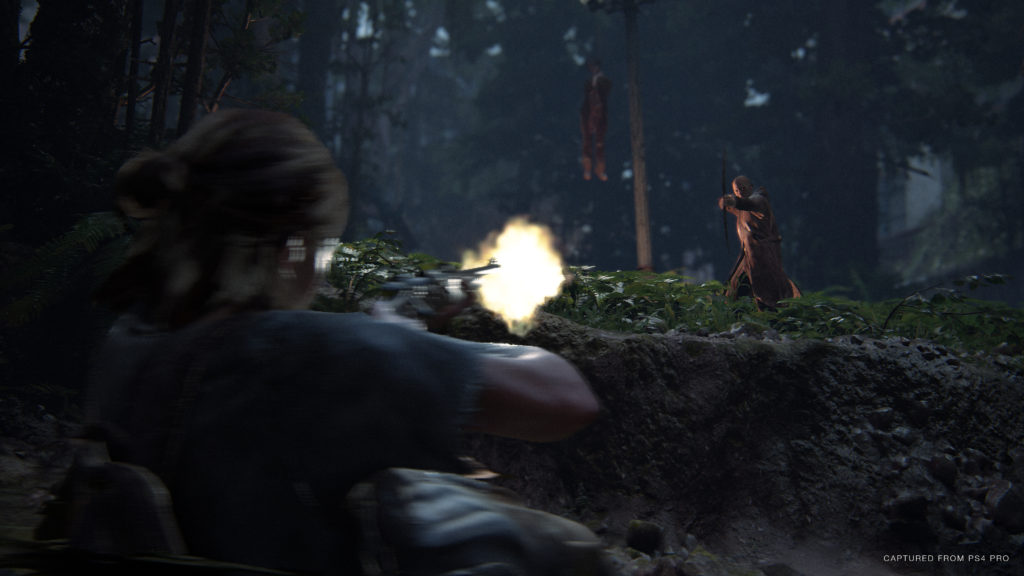
Combat in this game is highly reminiscent of the original title. Once your sneaking has come to an end and a fight breaks out, the gameplay turns from a slow and steady dance to a cover-based action adventure, similar to Uncharted or Gears of War. Aiming will automatically lift you out of cover, with very light targeting assistance to give players an easier time. Flanking and forcing enemies to lose sight of you is imperative – enemies will be smart about the firefights they enter. They will flank any and all locations you were last seen in. This way, the game encourages you to keep on moving throughout fights with the aim of flanking them instead.
The beauty of the combat in The Last of Us Part II, is how much more evolved it is when compared to the previous title. While enemies slowly encroach on your last known position, you can retreat to a safer spot and effectively disappear completely. In this game, running away and re-entering stealth is always possible, even when it seems impossible. Similarly, evading enemies and staying in stealth can be used as a primary gameplay mechanic. In fact, I would encourage you to play as stealthily as possible, since it saves so much ammo and medkits in the long run. Making your life that much easier when you do trigger the odd firefight or have to run from a horde of infected.
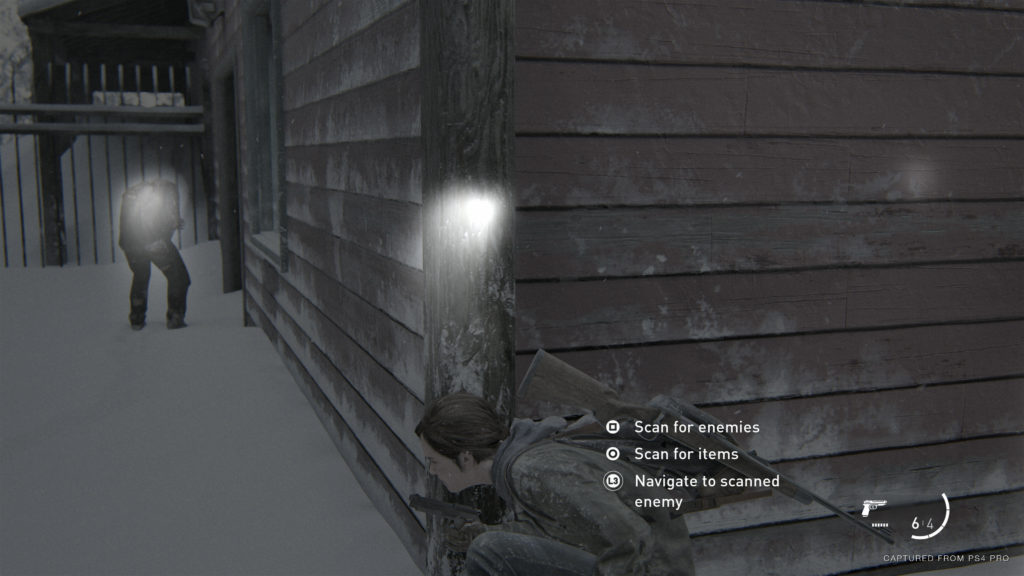
Puzzle-based mechanics also make a return in The Last of Us Part II. As you explore cities like Seattle, opportunities to find a lot of valuable goods will present themselves. Ellie can routinely find clever ways to circumvent the obstacles by moving dumpsters, finding ropes and ladders, or even shooting stuff down. Jumping (tapping X) is now a valid method of traversal! This means players can finally mash X and have Ellie bunny hop through the game as much as she wants. It also means Ellie can jump between platforms and over gaps as you explore the various and beautiful locales. The game also introduces new platforming mechanics to players very early on. These involve using ropes to traverse both up and down certain locations, or alternatively allowing Ellie to use the ropes to swing around corners or make gaps she could otherwise not have jumped. The trick with these, however, is to figure out how to use them effectively since they have to hold Ellie’s weight and be useful as a traversing object. Figuring out how to throw them is easy enough, but knowing where to pass the rope so it works well is a different story. It is exceptionally easy to mistake a rope for acting as a simple shortcut to get from a high place to a lower one. My advice to any prospective player is to experiment with the ropes and see where you can throw them to have Ellie swing and enter all sorts of secret nooks and crannies.
In addition to finding secrets and figuring out how best to traverse a new puzzle area, the game also likes to remind you that you are playing only a tiny part of a much larger world. There are newspaper clippings, letters, photographs, and much more strewn throughout each area. Finding these items is not a necessity, but they serve to shine a light on the greater overall picture. After all, the land you are walking on had a history and people used to live in the houses you enter. As such, the people Ellie might be after are complete with lives and histories of their own! For example, one of the earlier exploration segments in the larger and almost open-world locales of The Last of Us Part II, takes you through a bank that was robbed on Outbreak Day. Finding the various notes and letters strewn around, allows you to re-live how they planned it all and how their plan went awry the moment they executed it. It is small touches like these that beautifully craft the world presented in the game, and help to make Ellie’s journey all the more unforgettable and important. This is especially true when you realise that her current focus is what matters most, despite the reminder that there are many more things happening in the broader world around you.
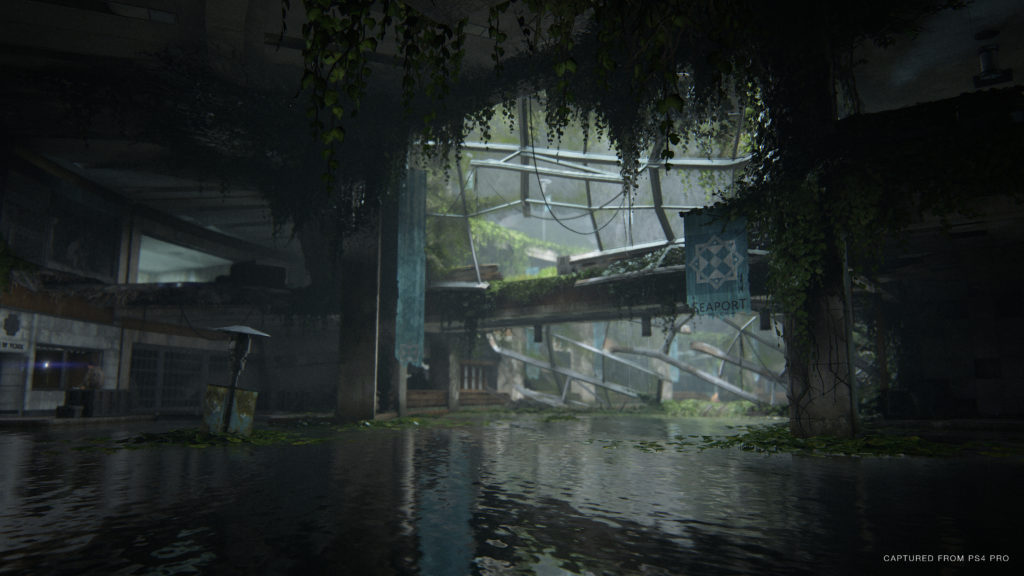
On the topic of collectables, I must mention how The Last Of Us Part II also has a fun little aspect in much the same way as the first game. In The Last of Us, Joel could find comic books that told the story of this heroine who jettisoned across space to make the universe a happier place. These comics make a return in this game by mention only. What Ellie can collect, however, comes by way of collectable trading cards – each of which has its own unique artwork, cool stats, and an extensive backstory detailing the character on the card’s past and present. It also has a nifty little bar that tells you whether the character on the card is a hero, a villain, neutral, or some combination of the three.
Apart from the obvious “find X cards” collectables, the game also has thoughtful easter eggs and other collectables that make it worth your while to explore. As Ellie ventures across America with her companions, she recounts fond memories of her and Joel’s journey four years prior. These are thoughtful retellings of the events in the first game, all from Ellie’s point of view at the time. This is a great way of incorporating easter eggs for fans who played through the first game, while also building the world and backstory of Ellie for fans who come into this one without having played the first. Better still, actually doing side content will allow you to experience truly beautiful cutscenes, entirely skippable yet unforgettable scenarios that should be enjoyed, and amazing trinkets like Sir Francis Drake’s ring! It is very possible to make it through the game without doing any side content, but believe me when I say it is worth your while and time to do them.
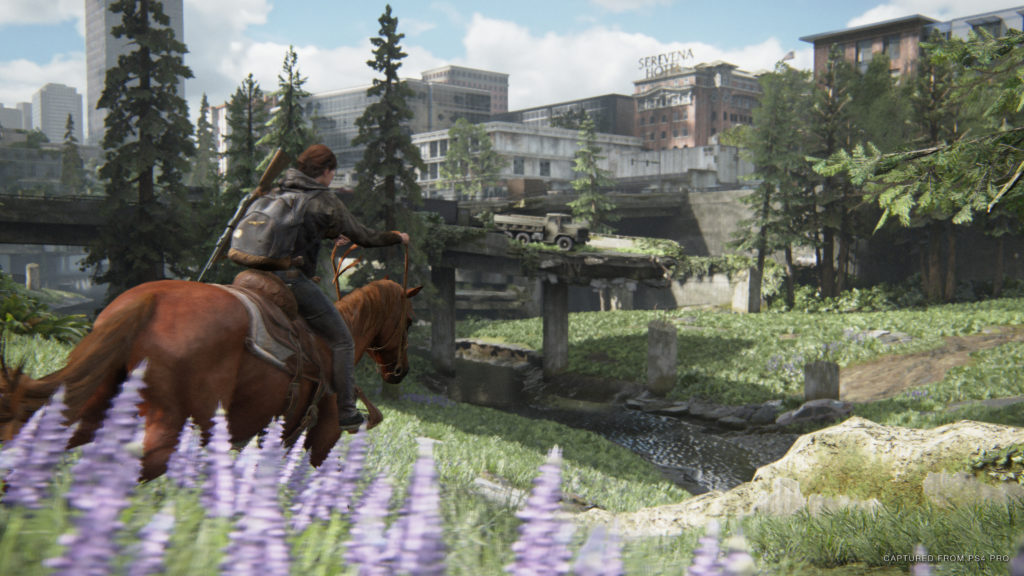
One of the best aspects of The Last of Us was how it represented a post-apocalypse where mankind did not lose its technologies or fall into disarray – a departure from the way it is often presented in other games. Vehicles still exist, and when electricity is available, all means of normalcy may resume. In this regard, I must admit it is a very mundane representation of a world after the apocalypse, but it is also one of the most believable worlds I have ever experienced.
For the uninitiated, the infected in The Last of Us are a result of a new kind of cordyceps brain infection. It acts like a fungus that grows on the brain, which then mutates the body and turns the host into an animated corpse ready to attack any non-infected being it comes across. Throughout the first game, players learn of how the infections become worse with time, and how certain infected end up mutating into much more fearsome creatures. In The Last of Us Part II, these mutations go several steps further! As is evident at the start of the game, a fair amount of time has passed since the events of the first title. As such, it stands to reason that the infection has also evolved with time. Regrettably, I am not allowed to reveal any additional details about these new foes, but I can say how glad I am that they are few and far between!
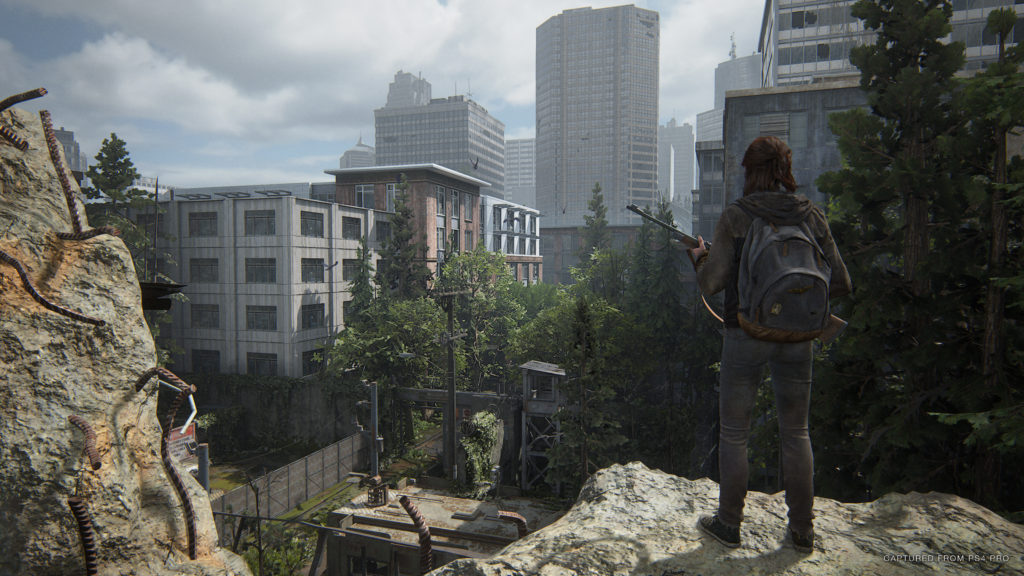
The world, however, has largely gone unchanged. Lush environments are abundant with flora, and the game is not afraid to spam your iris with a plethora of colours the moment an opportunity arises to do so. Unlike many survival or horror titles, The Last of Us Part II keeps things colourful. Sure, it can become very dark when it needs to, and there are times when the infection is so thick in the air that the entire screen essentially turns brown. Regardless of the scenario, every scene and setting is gorgeous in its own right.
It is clear Naughty Dog takes a lot of pride in the amount of research they do for the areas they feature in-game. Seattle actually looks like Seattle, and the town of survivors in Jackson is a full-fleshed out community with thousands of individuals living there. Snow effects in the game are next-level, with feet crushing the ice below and leaving detailed indents, while forests are teeming with flora and fauna, unlike anything I have experienced in a game before. The game often lets you go back into the memories of Ellie, where she is either hiking on a trail, or hunting with a companion, and it is not afraid to show off the beautiful locales it features during these scenes. Where I was completely astonished by the beauty of the game, however, came from a very surprising scene that takes place inside a museum. While this is a much smaller locale than the aforementioned breathtaking vantages, the amount of detail and love and attention that went into this scene trumps everything else the game has to offer. I cannot say much beyond the fact that it involves a cassette tape and space. It is a portion of the game that shows the granularity and expertise of the game’s sound design and acting, and goes a long way to enhance the on-screen visuals – which are already rather sublime.
While I played the game without any additional help, I must say the sheer breadth of accessibility options featured in The Last of Us Part II is outstanding. From high contrast modes, various colour blind setting, settings that add colour to speaker names in subtitles, and much more; Naughty Dog has ensured that all fans can play this game, and then some. You can even switch out controller button mappings with others, or change the entire control scheme entirely if you need to play the game a vastly different way than what is considered default – a first for any PlayStation exclusive title I have experienced.
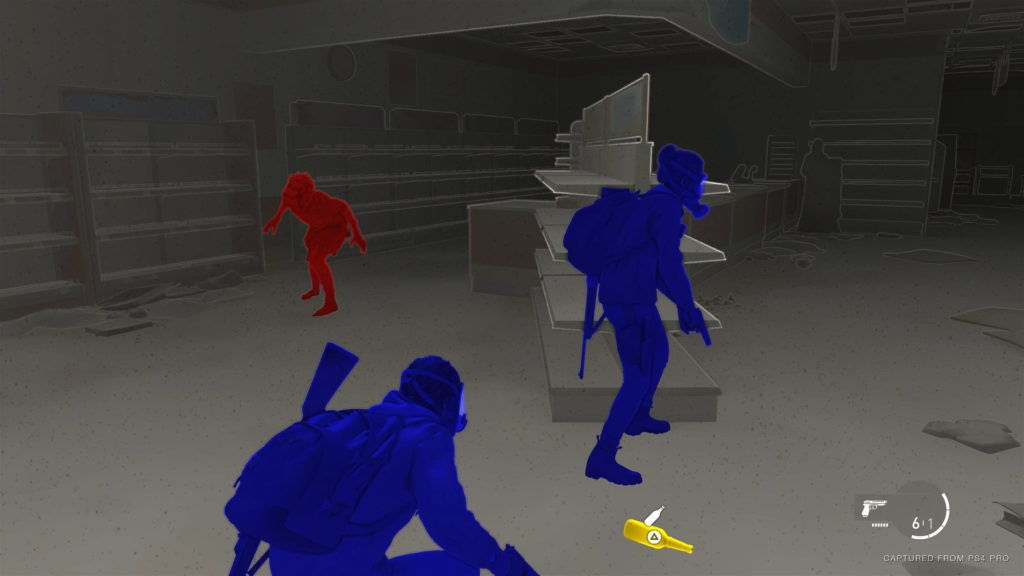
While it is not without its flaws (no game ever is), I feel there is very little to complain about. I did experience a bug or two, but I can already confirm with authority that these will get patched out on release. Ultimately, it all boils down to one thing: The Last of Us Part II is an incredible title. It will keep you busy for at least double the amount of time presented in the previous game, and will likely leave you wanting for more. There is so much to do, read, see, and hear – please do side missions if you get this game! The companions Ellie meets throughout are all intricate and wonderful characters, even when they are meant to be devious, and all characters are so expertly crafted that you would swear you knew them well beforehand. The previous game took place over around 15 hours if you went slow. The Last of Us Part II can carry on for the greater part of 30 if you decide to explore every nook and cranny, examine every building, and search every little cupboard you come across. Getting lost in gorgeous environments is easy enough when you wear headphones and come to be one with the world of the game.
The Last of Us Part II does an incredible job of letting you know the world is a lived one, where people exist, and animals and places have continued on with or without the protagonist. However, with all of these things going on in the background and the world, it ensures you know you are living every single moment of Ellie’s journey. You get to experience her meeting new people, learning to trust these people, and eventually love these people. You get to see her memorable moments with Joel, and how she managed to grow up into a young woman capable of doing the most perilous of tasks herself. You also get to see the slower side of her life, where she sits down and reflects, where she plays the most beautiful acoustic cover of Take on Me on the guitar, and how she sits on a balcony and stares out into the sunset. This is Ellie’s journey, and it is one of the most beautiful, aggravating, heart wrenching, entertaining, fun, and riveting stories I have ever played (and enjoyed). It may not be perfect for all types of gamers, especially those who might get irritated during sections where the combat will result in Ellie’s death; but it is perfect, beautiful, engrossing and gorgeous in every other way! Although a new decade has only just begun, The Last of Us Part II is already at the top of “absolute must play titles” for the decade ahead.
| Time Played | <25 Hours |
| Difficulty | Normal |
| Platform | Sony PlayStation 4 |
| Acquisition | Review code courtesy of Sony Interactive Entertainment |
The Last of Us Part II
$60 USDPros
- Beautifully story-driven experience
- Massive locales ready to be explored
- Thoughtful easter eggs for fans of TLOU
- Amazing visuals with beautiful seasonal changes
- Accessibility Options unlike anything I have ever seen before
Cons
- If I don't put anything here, my OCD kills me
- Nothing is perfect
- But my gosh, is this game perfect to me
Junior Editor at Vamers. From Superman to Ironman; Bill Rizer to Sam Fisher and everything in-between, Edward loves it all. He is a Bachelor of Arts student and English Major specialising in Language and Literature. He is an avid writer and casual social networker with a flare for all things tech related.

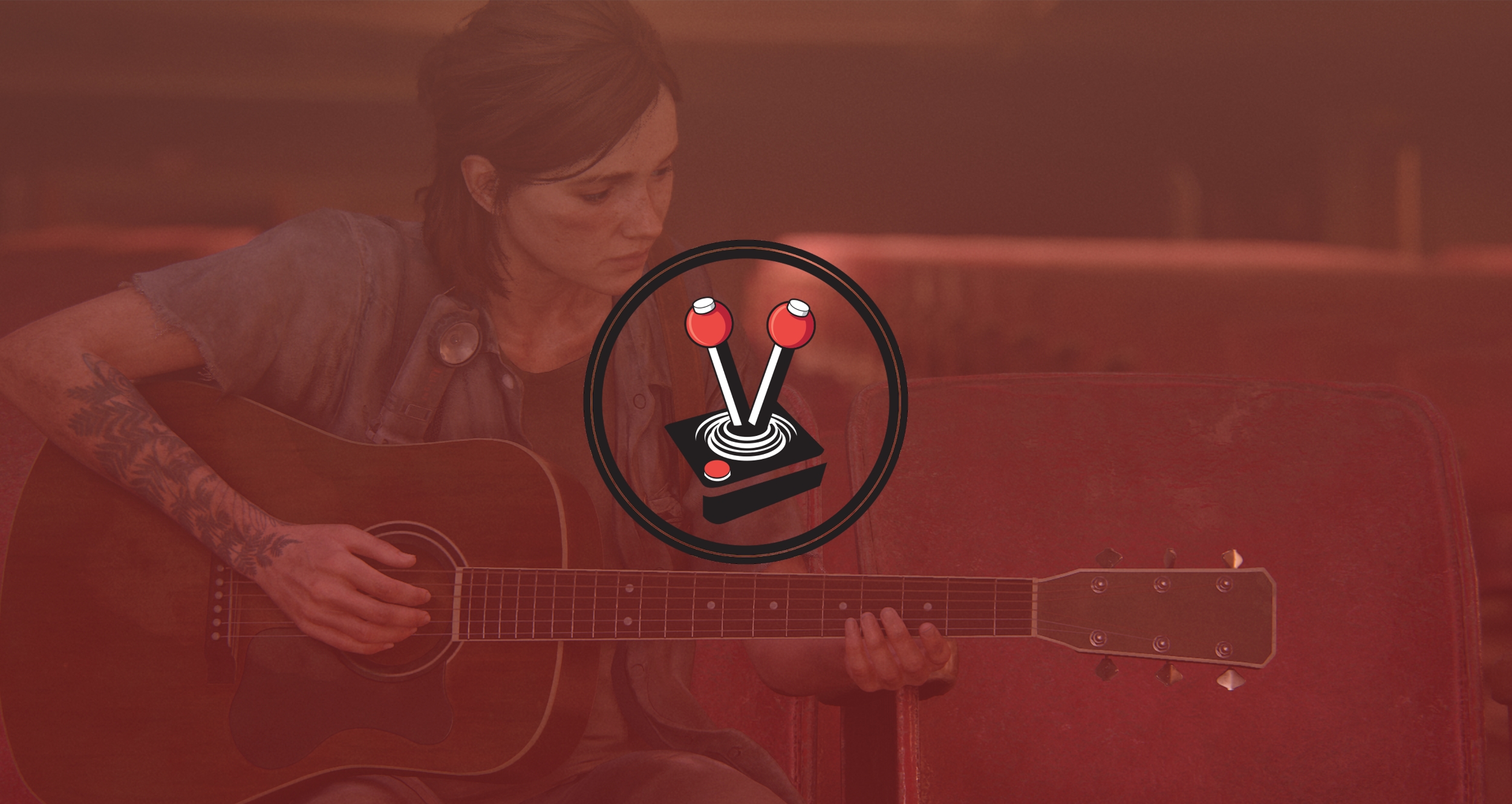









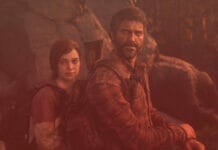





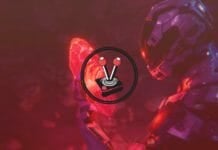
![Razer Kraken V3 Pro Review – Welcome to Boomtown [Redux]](https://vamers.com/wp-content/uploads/2022/07/Vamers-Technology-Razer-Kraken-V3-Pro-Review-Banner-218x150.jpg)




